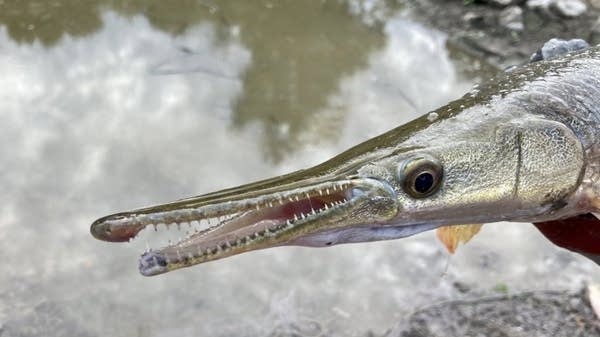Toothy, ancient gar fish get new protections in Minnesota

The shortnose gar, along with its longer-nosed relative, is subject to new fishing regulations starting March 1. Spearers, anglers and bowfishers will be allowed to keep up to 10 gar. The fish is native to Minnesota waters, and is one of several native species classified as “rough fish" that previously weren't subject to regulations.
Courtesy of Solomon David
Go Deeper.
Create an account or log in to save stories.
Like this?
Thanks for liking this story! We have added it to a list of your favorite stories.


